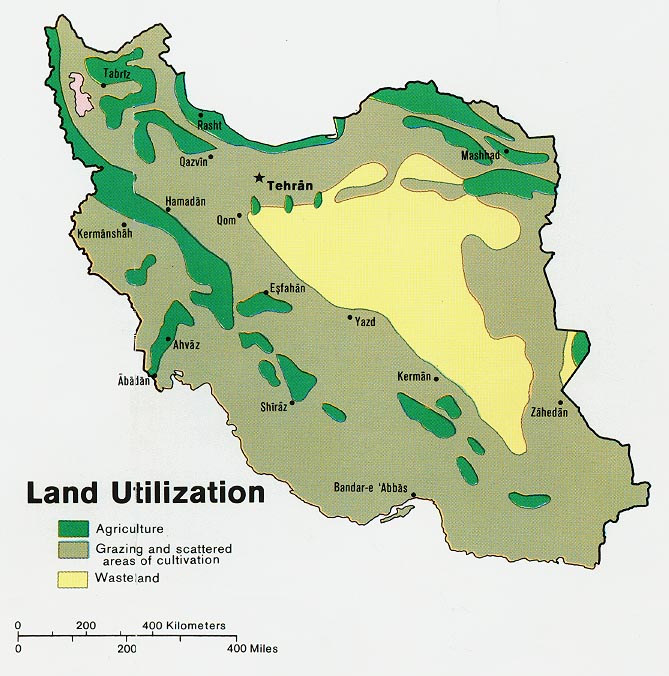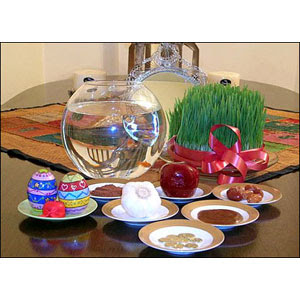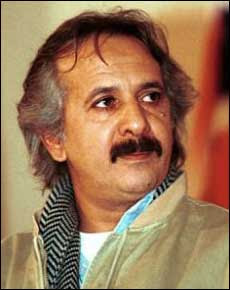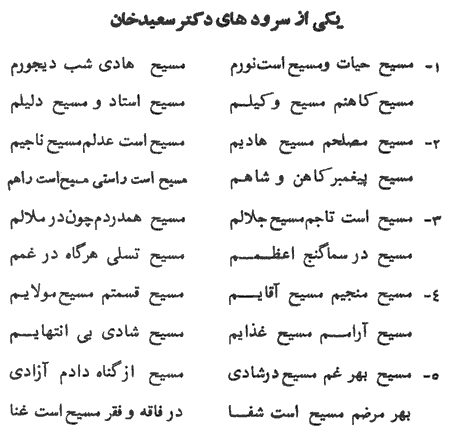Slideshow
Friday, August 27, 2010
The Flag of Iran
The flag of Iran was officially adopted on July 29, 1980. The colors of the flag date to the mid-18th century; green represents Islam; white represents peace, and red means courage. The centered symbol is said to symbolize the five principles of Islam. According to sources, the white stylized script on the red and green panels, repeated 22 times, is the Islamic phrase Allahu Akbar, meaning "God is greater than to be described. " The centered sword is representative of the country's strength.
Thursday, August 26, 2010
Disputs
Disputes in Iran
Iran-Iraq War
Reason for dispute: Iraq invaded Iran
History: Disagreements between Iraq and Iran (concerning geographical boarders and religion)
Result: U.S got involved and allies built up.
Air war and ground war was too much for Iraqi military. They pulled out.
Reason for dispute
Iran's nuclear power and the West who says "No!" (2002-?)
Reason for dispute: Iran has nuclear power which Europe and the U.S aren't fond of.
History: Iran was constructing nuclear weapons but claims that they are doing exactly that, and still produces more nuclear arms. The U.S is sure that they are lying about not doing any of this and suspects even more nuclear technology.
Results:
Bush declares Iran part of the "axis of evil"
Iran still continues with nuclear program
Natural Hazards
Iran is know to have the following natural hazards or disasters: periodic droughts, floods, dust storms, sandstorms, earthquakes.
Land Use
9.7% of Iran's Land is arable- which means that it can be used for farming. While the rest of the land is used for other things such as industry and residential areas.
Holdays
National Holidays:
| Farvardin 12 | Islamic Republic Day | روز جمهوری اسلامی |
| Bahman 22 | Victory of the Revolution | پیروزی انقلاب |
Major Infectious Diseases
Major Infectious Diseases in Iran include Malaria, Crimean Congo Hemorrhagic Fever, and Bacterial Diarrhea
Sports
o Many sports are practiced in Iran, both traditional and modern. Tehran, for example, was the first city in the Middle East to host the Asian Games in 1974, and continues to host and participate in major international sporting events to this day. Freestyle wrestling has been traditionally regarded as Iran 's national sport, however today the most popular sport in Iran
Traditional sports – body building, polo, wrestlingTrafficking
o Iran Iran
Ethnic Groups
o Azeris. Roughly one out of every four Iranians is Azeri, making it Iran
o Kurds. Predominantly Sunni, the Kurds reside mainly in the northwest part of the country—so-called Iranian Kurdistan—and comprise around 7 percent of Iran ’s population (there are roughly four million Kurds living in Iran
o Arabs. Along the Iranian-Iraqi border in southwest Iran
o Baluchis. Iran Pakistan and Iran
Data on population
o In November 1986, the government reported that the preliminary count in the fourth national census, which had been conducted during October, showed a total population of 48,181,463
o According to the preliminary results of the 1986 census, the average population density for the country was twenty-nine persons per square kilometer. In some regions, especially along the Caspian coast and in East Azarbaijan , the average density was significantly higher, while in the more arid regions of the Central Plateau and Baluchestan va Sistan, average population density was ten or fewer persons per square kilometer.
Food
o Dolma (Stuffed Grape Leaves)
o Yogurt and Mint Sauce
o Kebab Morgh (Grilled Skewered Chicken)
o Shirazi (Cucumber and Tomato Salad)
Famous People
o Jalal ad-Din Muhammed Rumi (1207-1273) 13th century Persian Muslim poet, jurist, sage, mystic and theologian.
o Mohammad Reza Lotfi (b. 1947) composer, master of the traditional Persian radif, and player of the tar and setar.
Clothing
Since the Islamic revolution inIran in the year 1979, the government has required women to wear more loose-fitting coats or cloaks such as the chador in public and a headscarf that covers the hair. The ordinary headscarf is called rusari روسري in Persian. The maghnaeh is a type of head covering common among students and government employees. It is a "wimple-like head covering", black in color, that is usually required on college campuses and at other public institutions in Iran.
Persepolis Trailer
This is the trailer of a movie that was first released in France about an Iranian girl use escaped Iran during the revolution and moves to France. The movie is based on the Graphic Novel written by Marjane Satrapi.
Wednesday, August 25, 2010
Debt in Iran
Infant Mortality Rate (Infant Deaths per 1,000 Births)
Infant Mortality Rate for Iran:
-Total: 35.78 deaths/1000live births
-Males: 35.98 deaths/1,000 live
-Females: 35.56 deaths/ 1000 live
-Compared to the world: 71
Movies and T.V. Shows
Some movies that are popular in Iran include Les Chats Persans, Sohrab, and Persepolis. Some of the T.V. Shows include Char Divari and Para va Nadar.
Sex Ratio of Men to Women
In total There are 1.02 male(s) for every female
At Birth: 1.05 male(s)/female
Under the age of 15: 1.05 male(s)/female
15-64 years: 1.02 male(s)/female
65 years and over: 0.91 male(s)/female
Age Distribution
Ages 65 and Older- 5.4%
Ages 15 to 64- 73.2%
Ages 0 to 14- 21.3%
Median Age- In Iran the average age of the population is 27.6 years old but males have a lower average age with 27.4 years and females have an average of 27.8 years old.
Schooling in Iran
For the school life expectancy the average is 13 years with both male and female attending school for 13 years as well. About 5.1% of the GDP is used for education expenditures.
Religion in Iran
A huge pecentage, 98%, in religion is Muslim with Shia at 89% and Sunni at 9% and the last 2% of religion includes Zoroastrian*, Jewish, Christian, and Baha'i. * a religion and philosophy based on the teachings of prophet Zoroaster (also known as Zarathustra, in Avestan). It was probably founded some time before the 6th century BCE in Persia (Iran).
Labor Force
In Iran there is a labor force of 25.02 million people with 25% of them in agriculture, 31% in the industry and the rest of them in services.
Wednesday, August 18, 2010
Refugees in Iran
In Iran there are 2.6 million refugees that are of foreign nationality. In Eastern Iran 2.3 million are Afghans, who are confined in refugee camps, about 1/3 are living in cities such as Tehran the capital, Mashhad Iran’s Holy city, and Shiraz. Afghans in Iran constitute one of the largest refugee populations in the world.
Friday, August 13, 2010
The Iranian Rial (RR)
The budget of Iran has a revenue of 96.94 billion dollars and an expenditure of 93.04 billion dollars.
Subscribe to:
Posts (Atom)
































